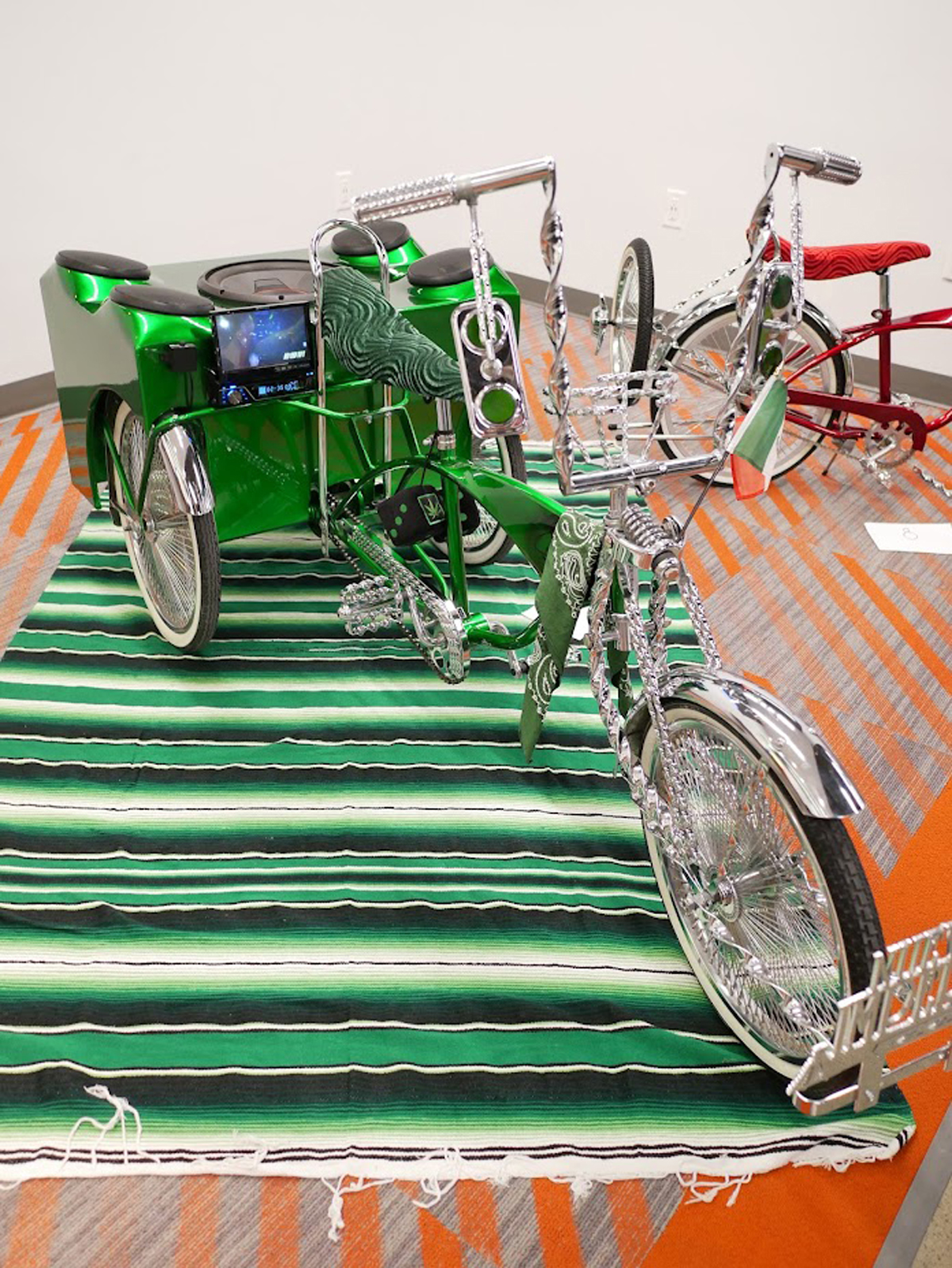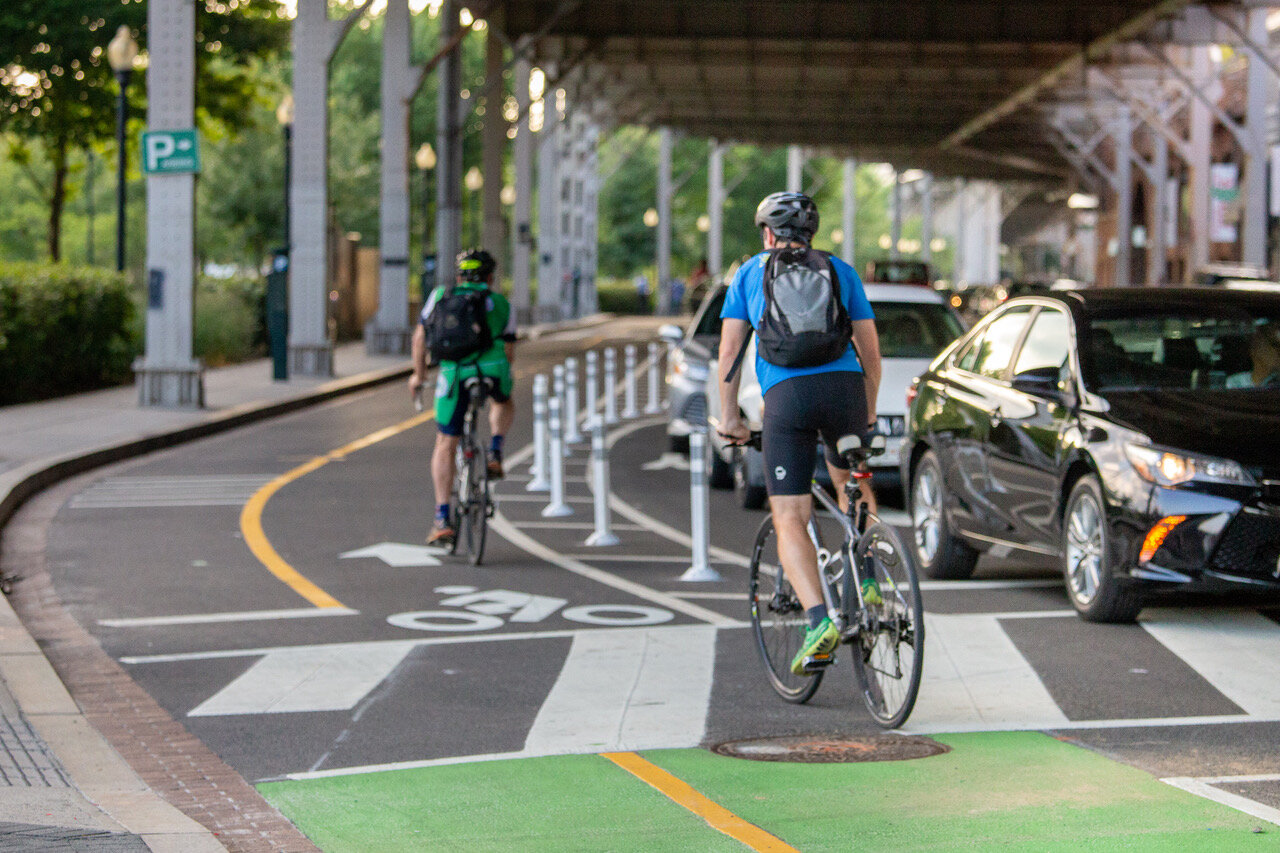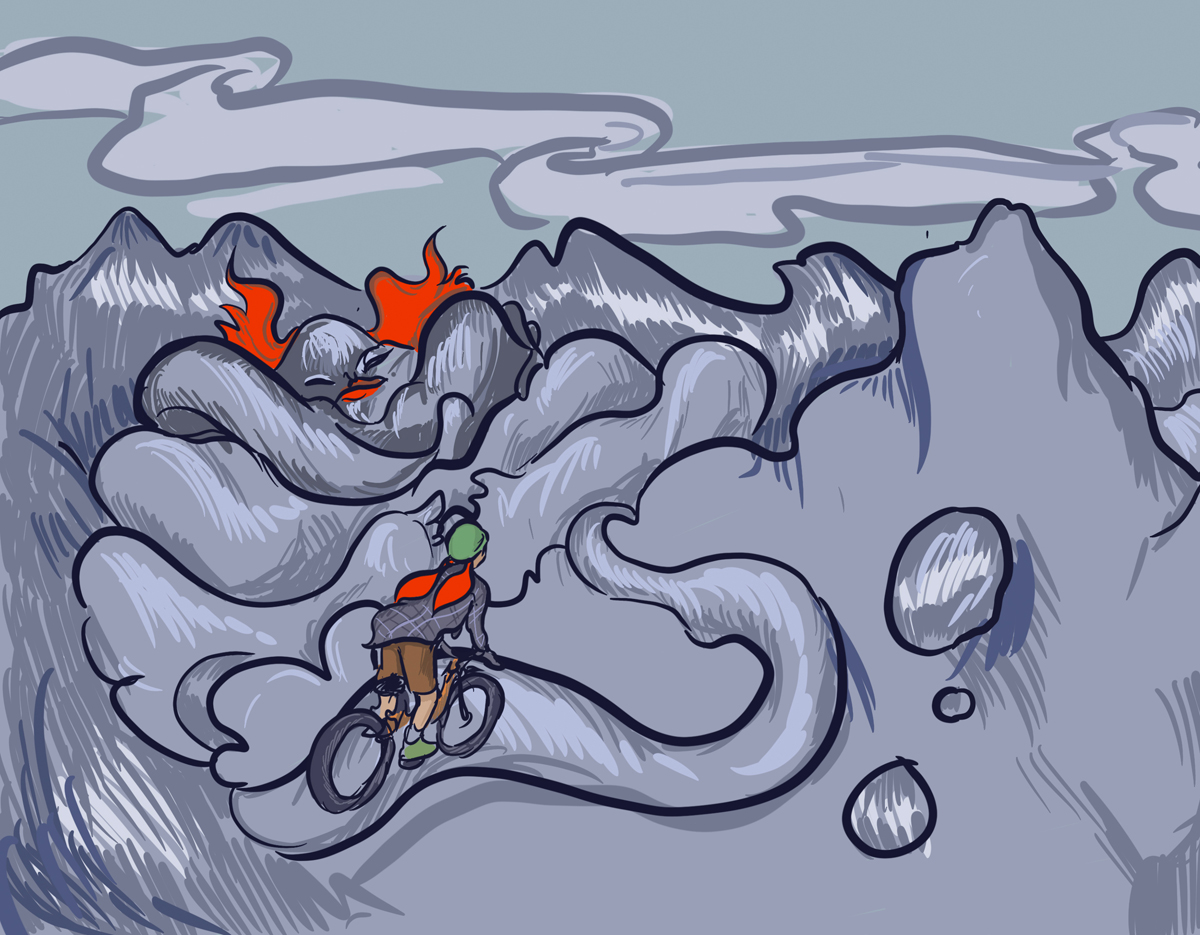By Anthony J. Nocella II, Ph.D. — People often don’t think of people who build and ride lowrider bicycles as part of the cycling community. Instead, they’re considered to be a small offshoot of lowrider car culture; but that’s far from all that they are. Anthony Nocella recently interviewed Xris Macias on the topic of lowrider bicycles, tricycles, scooters, and push cars.

AN: For the past few years, you’ve helped organize and moderate the Annual Salt Lake Winter Lowrider Bicycle Show at Salt Lake Community College. Can you tell me what the show is about?
XM: The show was about showcasing local Lowrider bikes, customized by community members who have a passion for lowriding. In the wintertime, most Lowrider cars are put away for protection from the elements, so this is an opportunity to remain indoors in the safety of a temperature-controlled room. But more importantly Lowrider bikes showcase the multi-generational aspect of Lowriders. Because driver’s licenses are not yet available to those under-age, building a bike is a good way to enjoy the process with your family and to cruise alongside. This show was also an opportunity to highlight members of the community that spoke about their culture, their families, mentorship, and their love for the artform.
AN: What do you like most about the lowrider bicycle and the lowrider bicycle community?
XM: Lowrider bikes and pedal cars usually belong to the youth in the Lowrider community, I enjoy seeing the names of young children displayed alongside their creation. I enjoy hearing them talk about what they have learned in the process of building a bike or pedal car. I like to make the connection that Lowriding, both the real cars and the bikes, provide a well-rounded education; this artform teaches, science, engineering, math, art, communications, physical ed, teamwork, and so much more!
AN: Xris can you tell me how lowrider bicycles and the cycling industry are related?
XM: The obvious answer is they are both bikes, though you would be forgiven for seeing them side-by-side and thinking they are different vehicles. They differ in their purpose but share a connection in providing a service for their respective areas. Bicycles that are used for cycling tend to have a distinct purpose; they can be for racing, commuting, mountain biking, general exercise, or other activity.
Lowrider bicycles, are more about the process, they are never really completed. Adding lights, cutting the fork, twisting the frame, painting the seat, polishing the chrome etc. While you can ride most of these bikes, they are for all intents and purposes … impractical. But we don’t need to get from A to B, it doesn’t matter where we go, as long as we get there Low and Slow. This turns lowrider bikes into more of a symbol for cultural preservation and part of a movement that highlights the creativity of Chicanos as distinct.
I do ride a commuter bike, and I do mountain bike when I can, but there is a different feeling of just slowly cruising a shiny chromed, ape handle-barred bike to nowhere and

waving at the people walking by that I just don’t get with 26” wheels on a 10-speed.
AN: How and why do you think lowrider bicycles are important to Latina/o/e/x communities?
XM: Lowrider bicycles, usually start off with a stock bicycle, traditionally a Schwinn or some other beach cruiser, and then become something else entirely. Not as an act of rebellion, but as act of homage to generations that came before. By taking something old and used, and giving new life, they are essentially extending the life of the two-wheeled (sometimes more) vehicle. For many communities of color, and for Latina/o/e/x communities in general, showing respect for our elders and the things they valued is of crucial importance. This sentiment is extended into these creations, while still being able to put your own spin on it. For Mexican-Americans and Chicanos specifically, many of us want to preserve our culture that has historically been lost or erased, thus a bicycle is one reflection of creating a new identity.
AN: What makes a bicycle a lowrider bicycle?
XM: While there is no explicit definition of a Lowrider bicycle, its almost obvious when you see one.
The main characteristic is that there is no main characteristic. These are highly customized, lowered to the ground, sometimes with actual spring-loaded or air-pumped hydraulics that can lift the entire thing off the ground, mimicking their flashy auto counterparts. Some common features include elongated banana seats, shiny metal-flaked paint jobs, murals, whitewall tires, over-spoked rims, twisted chrome frames, and all kinds of accessories.
Many times these bikes reflect a vehicle from the car club, or a specific theme of the family that built it. Lowrider bikes do not shine on their own; they are a physical manifestation of stories, art, and culture.
AN: What can bicycle shops do to be more inclusive to the lowrider bicycle community?
XM: There needs to be an understanding that this has been around for decades and is only growing ever more popular. I would love to see cycling shops display local Lowrider bikes as a sort of proof-of-concept of the things that can be done to a bike. I think it would be great to see more bicycle parts being sold/traded at these stores, and lastly, perhaps sponsorship of Lowrider bike events. What if we took a famous brand of racing or commuter bike and hired a local Lowrider bike artist to put their touch on it? What would that look like? I would be excited for the possibilities.







Nice article. I love the beauty of lowrider bikes on the rare occasion I get to see them. I would be interested in knowing when the Annual Salt Lake Winter Lowrider Bicycle Show takes place. I would love to go.
Comments are closed.